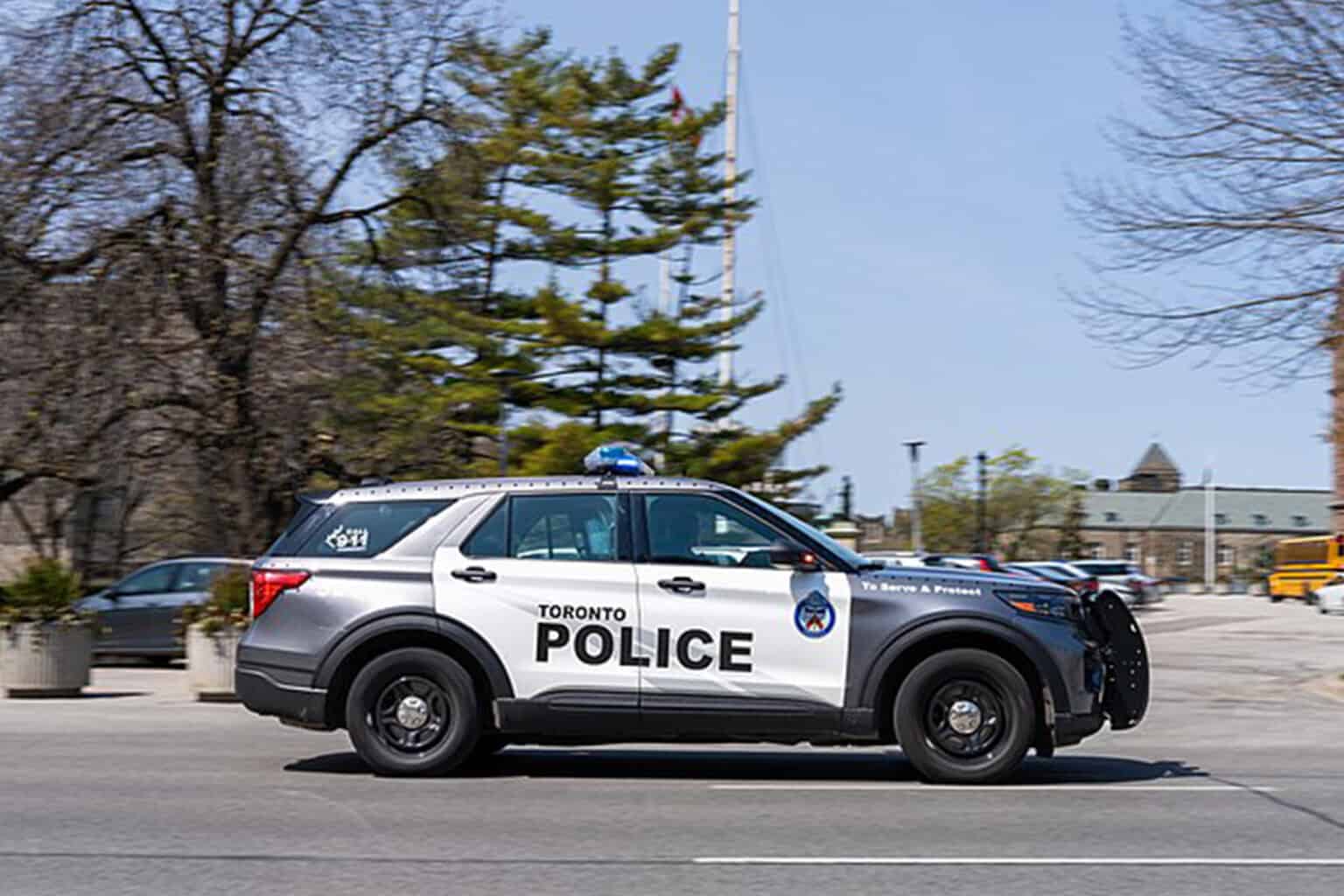Headline
Flights To Eternity: Those Who Took Final Bow In Helicopter Crashes

Helicopter crashes have taken the lives of thousands of people including high-profile personalities over the decades.
Though it is not as frequent as road crashes, its effect can be very devastating given aircraft altitude to the ground. In most cases, passengers hardly survive the deadly accidents.
World leaders on Monday joined Iranians in mourning the death of President Ebrahim Raisi whose helicopter crashed into a fog-shrouded mountain on Sunday.
Raisi, 63; his foreign minister and seven others died when the aircraft went down in a remote area of northwestern Iran, where the wreckage was only found on Monday morning. They were all confirmed dead by state authorities.
The latest helicopter crash in Iran happens to be one of the most recent aircraft accidents widely reported.
It is coming in about three months after the death of a former Group Chief Executive Officer of Access Holdings Plc, Herbert Wigwe who died in a helicopter crash that took place in the United States in February. Wigwe’s death sparked concerns across the globe.
The CEO, his wife and son, as well as a former group chairman of Nigerian Exchange Group Plc, Abimbola Ogunbanjo, died in the crash in California.
Also, Chile’s former President Sebastian Pinera, a billionaire tycoon, died in a helicopter crash on February 6, 2024.
An Aljazeera report said Chile’s Interior Minister, Carolina Toha, confirmed the death of the former president but did not give details.
Chile’s national disaster agency SENAPRAD confirmed that three people were also injured.
READ ALSO: List Of Persons On Board Iranian President’s Missing Helicopter
In January 2020, United States basketball legend, Kobe Bryant, and his daughter, Gianna, were among nine people killed in a helicopter crash in the city of Calabasas, also in California.
Bryant, 41, and Gianna, 13, were travelling in a private helicopter when it went down and burst into flames, according to a report by BBC. The county sheriff said there were no survivors.
Bryant, a five-time NBA champion, played for the LA Lakers throughout his career and was considered one of the greatest players in the game’s history.
A former owner of Leicester City FC, Vichai Srivaddhanaprabha, also died when his helicopter crashed outside the stadium, according to his club which confirmed the incident.
The billionaire, two members of his staff, the pilot and a passenger were killed when the aircraft spiralled out of control and crashed in a fireball on October 28, 2018.
It had just cleared the King Power Stadium when it came down around 8:30pm.
A former Governor of Kaduna State, Patrick Yakowa, was killed in a helicopter crash along with other senior officials on December 15, 2012.
Yakowa and a former national security adviser, Gen. Owoye Azazi, were on the helicopter that came down in Bayelsa.
Between 1989 and 2024, over 1000 fatalities have been recorded in Nigeria in over 70 plane crashes, according to data from Geneva-based Bureau of Aircraft Accident Archives retrieved from its website on Wednesday.
The Bureau noted that the worst plane crash happened in Nigeria on June 3, 2012, when 159 persons were killed.
READ ALSO: Security Guard Stabs Man To Death In Anambra Church
Mechanical failure and pilot error were blamed for the 2012 air crash, according to accident investigators in a report published in 2017, five years after the incident.
A Boeing MD-83 aircraft was carrying 153 passengers and crew when it crashed into a densely-populated area in the north of Lagos and burst into flames. Six people were killed on the ground.
The Accident Investigation Bureau said two engines on the doomed Dana Air flight from the Federal Capital Territory, Abuja, failed mid-air before it crashed on approach to Lagos airport.
“Engine number one lost power 17 minutes into the flight, and thereafter on final approach, engine number two lost power and failed to respond to throttle movement on demand for increased power to sustain the aircraft in its flight configuration,” the report stated.
The “inappropriate omission of the use of the checklist and the crew’s inability to appreciate the severity of the power-related problem, and their subsequent failure to land at the nearest suitable airfield” also contributed to the crash, it added.
Associated Press also highlighted helicopter crashes in other countries that dated from 1977.
On August 1, 1977, a pilot whose U-2 spy plane was shot down over the Soviet Union in 1960, Francis Gary Powers, was killed when the KNBC-TV news helicopter he was piloting ran out of fuel and crashed near Encino, California.
On July 23, 1982, actor Vic Morrow, star of the ABC series “Combat!” and child actors Myca Dinh and Renee Chen were killed on the ground when a helicopter crashed into them on the set of “Twilight Zone: The Movie” in Indian Dunes, California.
A helicopter carrying guitarist, singer and songwriter Stevie Vaughan slammed into a hillside in Elkhorn, Wisconsin, after an outdoor concert, killing Vaughan and all four others onboard on August 27, 1990, AP reported.
On October 25, 1991, Rock concert promoter Bill Graham and two other people died when their helicopter hit a utility tower and crashed near Vallejo, California.
READ ALSO: UK Regulator Reports Air Peace Over Alleged Safety Violation
Also, Davey Allison, who was the 1992 Daytona 500 winner, died on July 13, 1993, after a helicopter he was piloting crashed at Talladega Superspeedway in Alabama.
On September 17, 2017, Troy Gentry, who was part of the country music duo Montgomery Gentry, was killed in a helicopter crash in Medford, New Jersey.
Helicopter crashes raise critical questions about safety measures, the role of weather conditions and risk mitigation strategies.
At the heart of some of the helicopter crashes could also be mechanical failures capable of compromising the integrity of these aerial vehicles.
Recall that in April the family of the late Chairman of the Nigerian Exchange Group, Abimbola Ogunbanjo, who died in the helicopter crash alongside Wigwe, filed a lawsuit against the US helicopter company.
The Ogunbanjo family stated that the flight should have been grounded because of treacherous weather.
One of the attorneys who filed the lawsuit, Andrew Robb, noted that Ogunbanjo’s family were seeking “answers and accountability.”
“Helicopters do not do very well in snow and ice,” Robb told Associated Press. “This flight was entirely preventable, and we don’t know why they took off,” he added.
The US National Transportation Safety Board had confirmed that law enforcement and witnesses observed the helicopter transporting Wigwe engulfed in flames before it crashed.
In its report on the crash, the Board added that witnesses also reported the weather conditions in the area were “not good” and raining with a snow mix.
READ ALSO: Catholic Monk Comes Out As Transgender, Urges Church To Embrace Trans Members
In Iran, pictures from the site of Raisi’s helicopter crash indicated poor weather conditions as the atmosphere was filled with fog that even made rescue officials find it difficult to get to the crash site in time.
Meanwhile, some reports raised questions about the mechanical condition of the helicopter that transported Raisi and other officials.
According to Aljazeera, the US-manufactured chopper – Two-blade Bell 212, that Raisi was travelling on, is believed to have been decades old.
The media house cited foreign sanctions on Iran which dated back to 1979 over its nuclear programme and anti-US stance.
This, it gathered, made it difficult for the country to obtain aircraft parts or new aircraft thereby frustrating the maintenance of old ones.
Since the first US sanctions on Iran 45 years ago, the Iranian economy has continued to take hits, and its airlines have in particular been impacted, the report published Monday stated.
Between 1979 and 2024, Iran plane crashes have killed over 2000 people in over 70 accidents, according to data from the Bureau of Aircraft Accident Archives retrieved from its website on Wednesday.
The worst aircraft accident in the country was in 1988 in which 290 fatalities were recorded.
On August 10, 2014, BBC reported that at least 38 people were killed when a small passenger plane crashed near the Iranian capital, Tehran.
The aircraft, which was heading to the eastern city of Tabas, went down after take-off in a residential area near Mehrabad airport on a Sunday morning.
The passengers included at least five children, according to the aviation authority.
Initial reports said all passengers on board the plane had been killed, but state media later reported that some passengers had been injured and transferred to hospital.
The report further highlighted that Iran had suffered a series of plane crashes, blamed on its ageing aircraft and poor maintenance record.
Source: PUNCH
Headline
Trump Warns Of More Strikes In Nigeria If Attacks On Christians Continue

US President Donald Trump has warned that he could authorise additional military strikes in Nigeria if attacks against Christians continue, citing the security situation in the West African nation as a key concern.
In an interview with the New York Times on Thursday, Trump was asked whether the Christmas Day strikes in Sokoto State, which targeted Islamist militants, were intended as part of a broader campaign. “I’d love to make it a one-time strike. But if they continue to kill Christians, it will be a many-time strike,” he said.
READ ALSO:Russia, China Afraid Of US Under My Administration — Trump
Trump’s comments follow his 2025 designation of Nigeria as a “country of particular concern” due to what he described as an “existential threat” to its Christian population. The remarks have drawn criticism from Nigerian officials, who insist that jihadist groups target people regardless of religion. “Muslims, Christians and those of no faith alike” are affected, a government spokesperson said, rejecting claims that Christians are being singled out.
When pressed about reports that most victims of jihadist groups in Nigeria are Muslims, Trump responded, “I think that Muslims are being killed also in Nigeria. But it’s mostly Christians.” Nigeria, with a population exceeding 230 million, is roughly evenly divided between Christians in the south and Muslims in the north.
The December strikes targeted camps run by a jihadist group known as Lakurawa in Sokoto, a largely Muslim region near the border with Niger. Both the US and Nigerian authorities have linked the militants to Islamic State-affiliated groups in the Sahel, although the IS has not formally claimed any association with Lakurawa. Details of casualties from the strikes remain unclear, as neither government has provided official figures.
Nigeria’s Foreign Minister Yusuf Maitama Tuggar said the operation was a “joint effort” and emphasised that it was not motivated by religion. He confirmed that the strikes had the approval of President Bola Tinubu and included
participation by Nigerian armed forces. Addressing the timing of the strikes, Tuggar added that they were unrelated to Christmas, though Trump described them as a “Christmas present”.
Headline
Science Discovers Why Hungry, Broke Men Prefer Bigger Breasts

A scientific study has found that men who feel financially insecure or hungry are more likely to find larger female breasts attractive.
The research was published in the peer-reviewed journal PLOS ONE and was conducted by psychologists Viren Swami and Martin J. Tovée.
The study examined whether breast size acts as a signal of fat reserves and access to resources, and whether men facing resource insecurity rate larger breast sizes as more attractive than men who feel economically secure.
Researchers carried out two separate studies across Malaysia and the United Kingdom.
In the first study, 266 men from three areas in Malaysia were assessed. The locations represented low, medium and high socioeconomic backgrounds. Participants were shown rotating computer-generated images of women with different breast sizes and asked to rate which they found most attractive.
READ ALSO:Wike: Why Removing Fubara Will Be Difficult – Ex-Commissioner
The findings showed a clear socioeconomic pattern.
Men from low-income rural areas preferred larger breasts.
Men from middle-income towns preferred medium to large breasts.
Men from high-income urban areas preferred smaller to medium breasts.
PLOS ONE study showing how hunger and financial insecurity affect men’s breast size preferences
Cover page of a PLOS ONE study examining how resource insecurity influences men’s breast size preferences. Source: PLOS ONE
As stated in the study, “Men from relatively low socioeconomic sites rated larger breast sizes as more physically attractive than did participants in moderate socioeconomic sites, who in turn rated larger breast sizes as more attractive than individuals in a high socioeconomic site.”
READ ALSO:Rare 1937 ‘Hobbit’ Discovered In House Clearance Sells For $57,000
The researchers noted that the lower a man’s financial security, the stronger his preference for larger breast size.
The second study focused on hunger rather than income.
In Britain, 124 male university students were divided into two groups. Sixty-six participants were classified as hungry, while 58 had recently eaten. Both groups viewed the same breast size images under identical conditions.
Hungry men consistently rated larger breasts as more attractive than men who were full.
READ ALSO:‘I Discovered My Husband Was Sterile 5 Yrs After We Got Married’
According to the researchers, “Hungry men rated a significantly larger breast size as more physically attractive than did the satiated group. Taken together, these studies provide evidence that resource security impacts upon men’s attractiveness ratings based on women’s breast size.”
The researchers explained that these shifts suggest attraction is not fixed but responsive to immediate conditions.
They noted that men experiencing hunger or financial pressure may place greater value on physical traits that signal access to resources or stability.
The study added that temporary states such as hunger can shape attraction in the same way long-term economic conditions do, reinforcing the idea that social and environmental factors play a key role in how physical attractiveness is judged.
Headline
Man With Lengthy Criminal Record Shoots Nigerian To Death Inside Bus In Canada

A 40-year-old man with an extensive criminal history has been charged with first-degree murder after a Nigerian national was shot dead on a GO bus at the Yorkdale GO Bus Terminal in Toronto, marking the city’s first homicide of 2026.
Toronto Police, in a statement on their website, said officers were called to the terminal, near Yorkdale Road and Allen Road, at about 7 p.m. on Sunday, January 4, following reports of a shooting. Investigators allege that both the suspect and the victim boarded a GO bus at the terminal, where the suspect shot the victim before fleeing the scene on foot.
According to the statement, officers arrived to find a man suffering from a gunshot wound, but despite carrying out life-saving measures, the Nigerian was pronounced dead at the scene.
The victim was later identified as Osemwengie Irorere, a 46-year-old man from Nigeria, the Toronto police said in a later statement.
READ ALSO:Canada Flags Nigeria, 16 African Countries As High-risk In New Travel Advisory
Local media reports noted that an eyewitness who was seated just behind the victim said the bus had been dark and crowded as passengers waited to depart when a single gunshot rang out.
“I assumed it was a popped tyre or something, but immediately after, a guy sitting in front of me got up, shoved his hands in his pocket and ran off the bus,” the witness said, requesting anonymity for safety reasons.
“Right after, I stood up and I looked at the seat in front of me and I saw a guy, bleeding,” he added, saying he could smell smoke in the air after the shot was fired.
Police said the suspect was located and arrested a short time later near the Yorkdale subway station, and a firearm was recovered.
READ ALSO:Nigerian Musician Dies In Canada
The accused has been identified as Tyrel Gibson, 40, of Toronto. He appeared at the Toronto Regional Bail Centre on Monday, January 5.
Court documents show that Gibson has a lengthy criminal record dating back to 2000, with nearly two dozen charges. He has previously been convicted of offences including attempted murder and firearm-related crimes. In 2015, he pleaded guilty to aggravated assault, using a firearm, possession of a firearm with ammunition and possession of an unauthorised firearm and was handed a lifetime weapons prohibition. He was sentenced to eight years in prison in 2017, although it remains unclear how much of that term he served.

 News4 days ago
News4 days agoHow To Calculate Your Taxable Income

 Metro4 days ago
Metro4 days agoEdo widow-lawyer Diabolically Blinded Over Contract Seeks Okpebholo’s Intervention

 Headline4 days ago
Headline4 days agoRussia Deploys Navy To Guard Venezuelan Oil Tanker Chased By US In Atlantic

 Entertainment4 days ago
Entertainment4 days agoVIDEO: ‘Baba Oko Bournvita,’ Portable Drags His Father, Alleges Bad Parenting, Extortion

 Politics3 days ago
Politics3 days agoAPC Leaders, Tinubu/Shettima Group Call For Wike’s Removal As FCT Minister

 News3 days ago
News3 days agoExpert Identify Foods That Increase Hypertension Medication’s Effectiveness

 Politics4 days ago
Politics4 days ago2027: Details Of PDP Leaders, Jonathan’s Meeting Emerge

 Metro4 days ago
Metro4 days agoJUST IN: Court Grants Malami, Wife, Son N500m Bail Each

 Headline2 days ago
Headline2 days agoScience Discovers Why Hungry, Broke Men Prefer Bigger Breasts

 Politics2 days ago
Politics2 days agoWike A ‘Pestilence’ On Rivers, I Resigned Because Of It – Ex-Commissioner
































